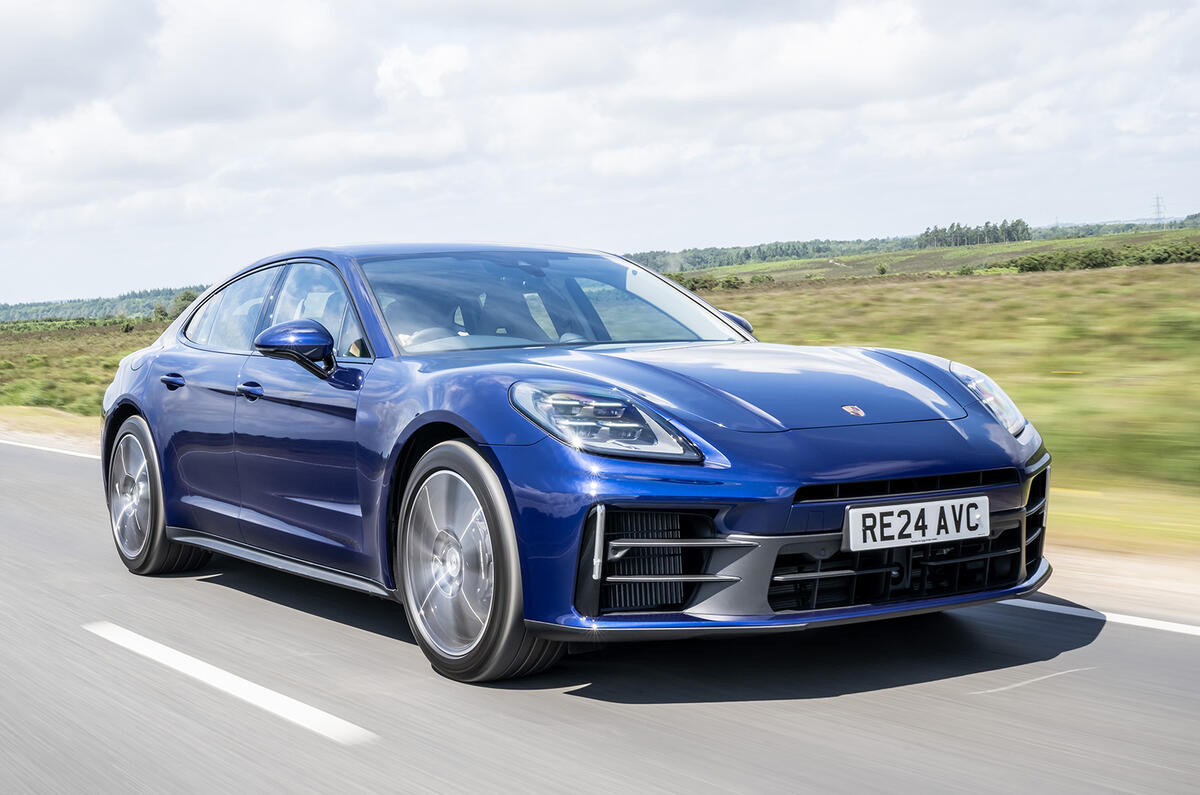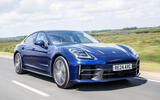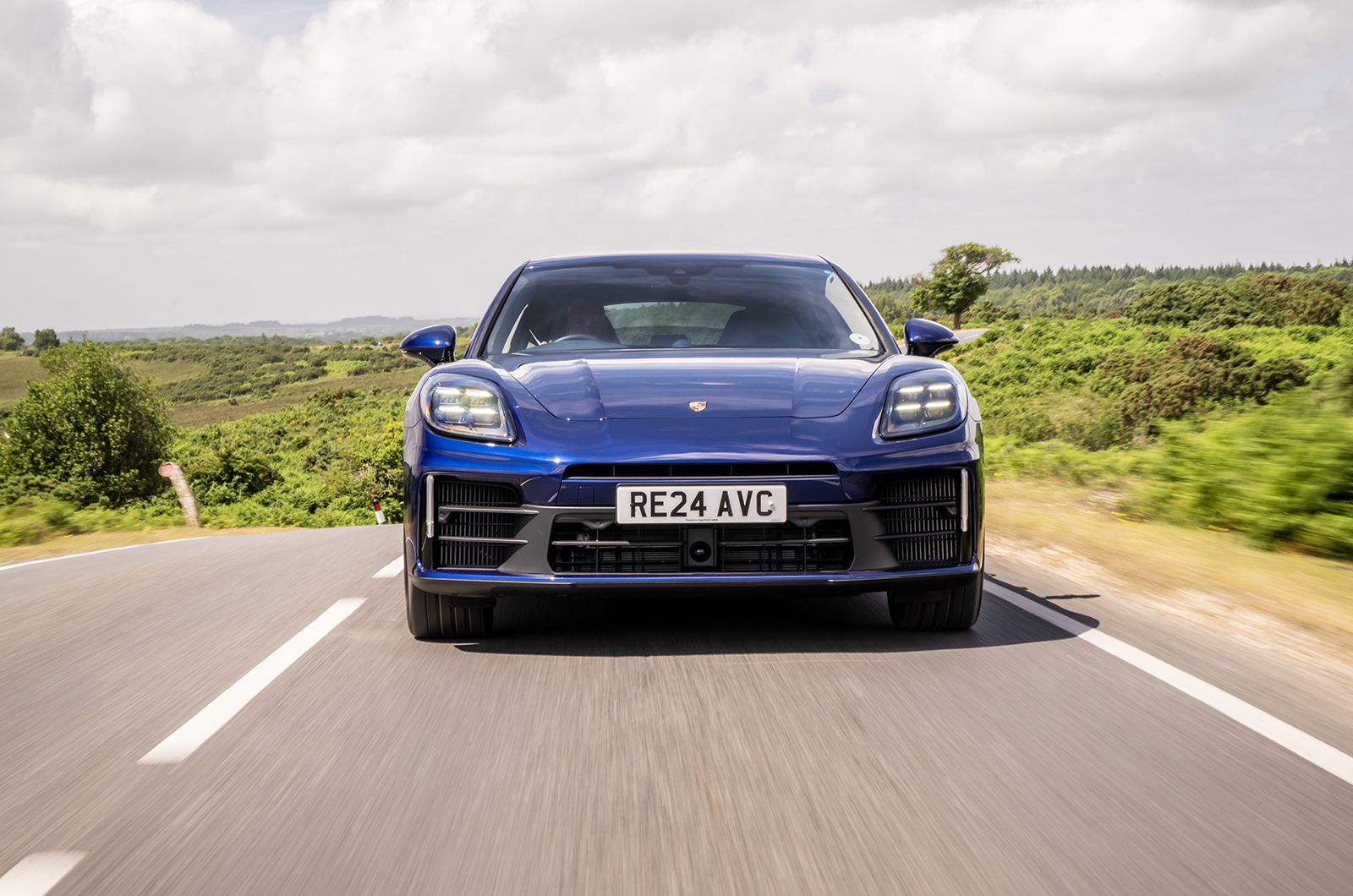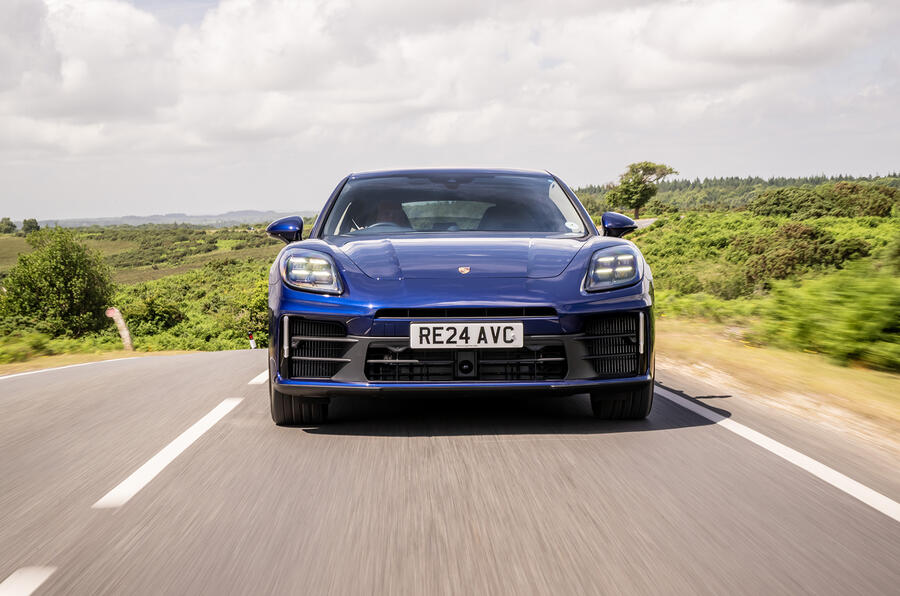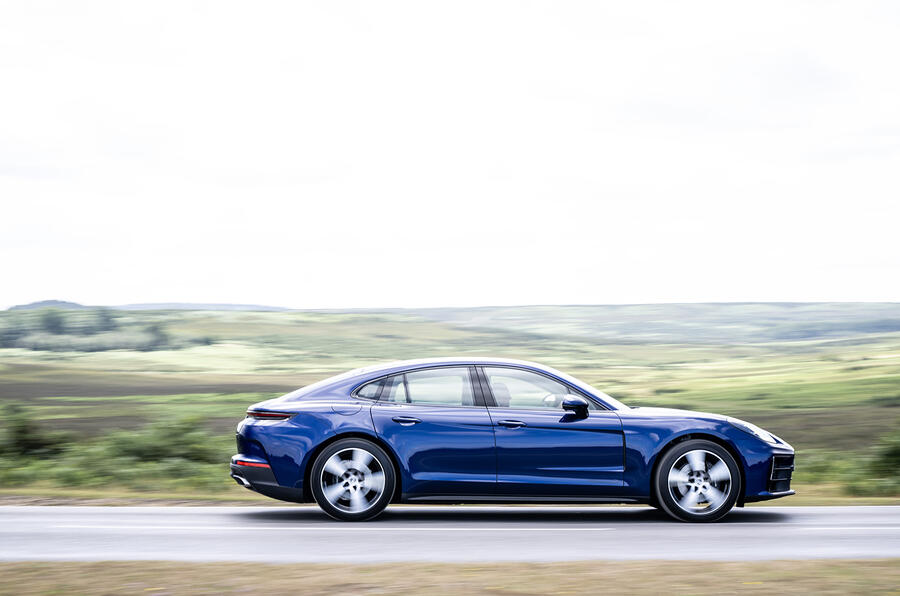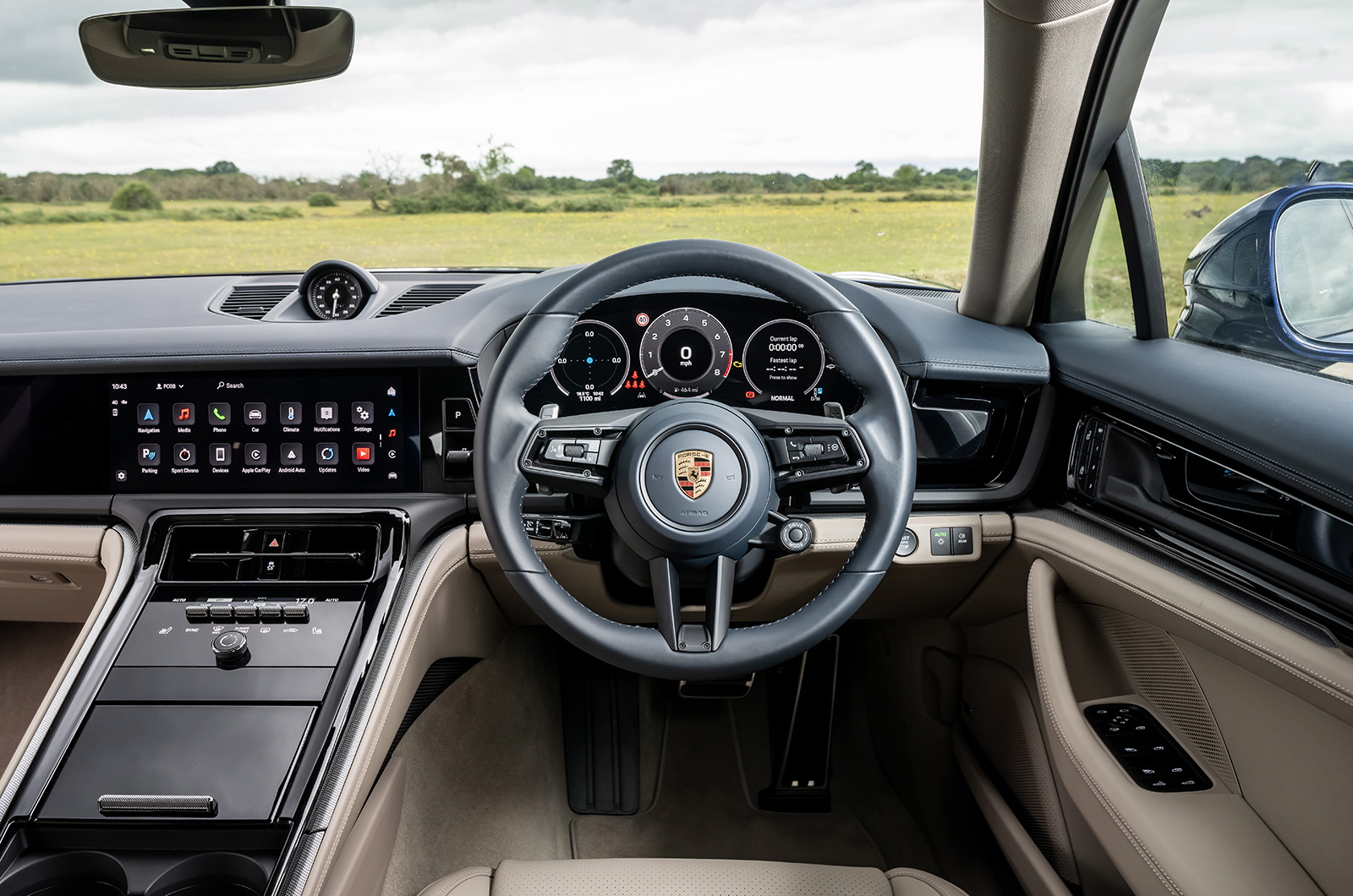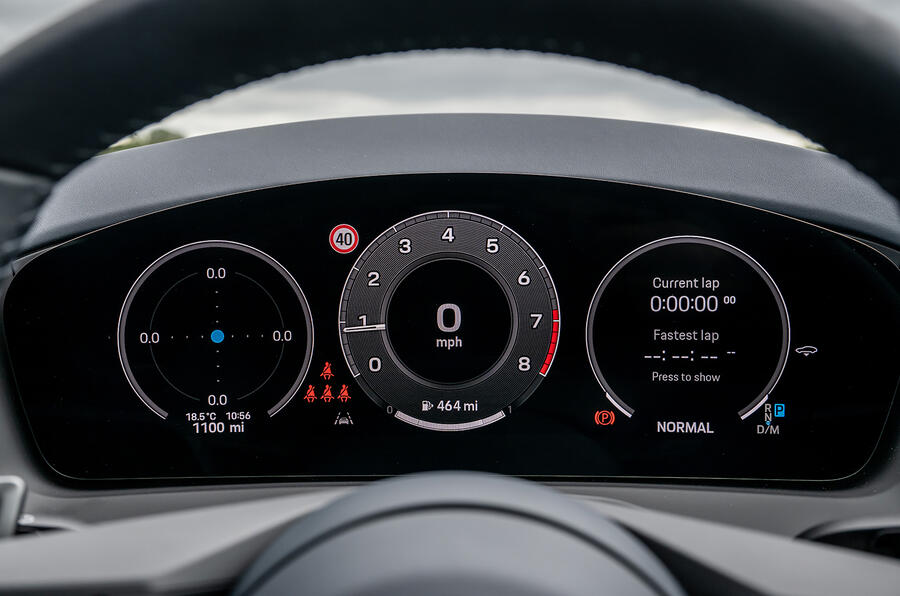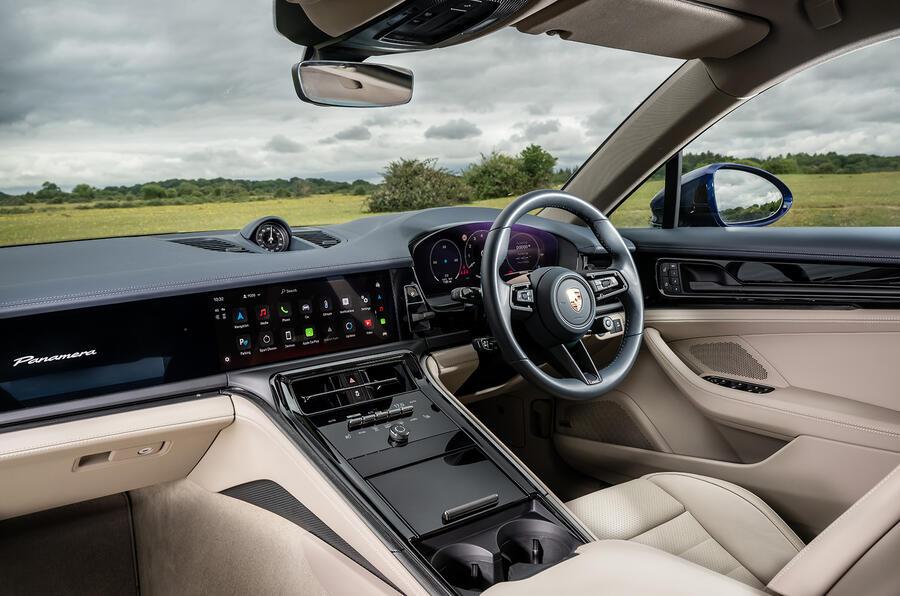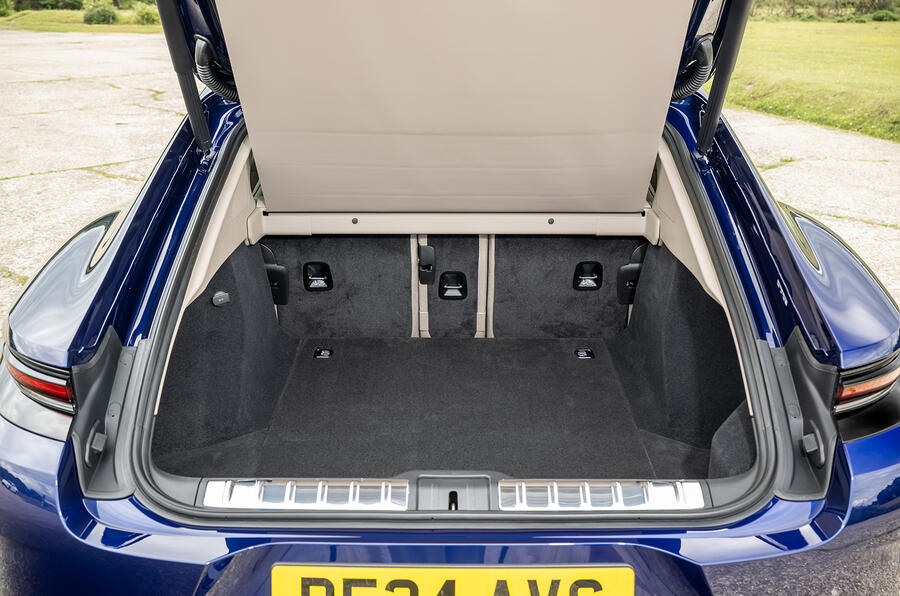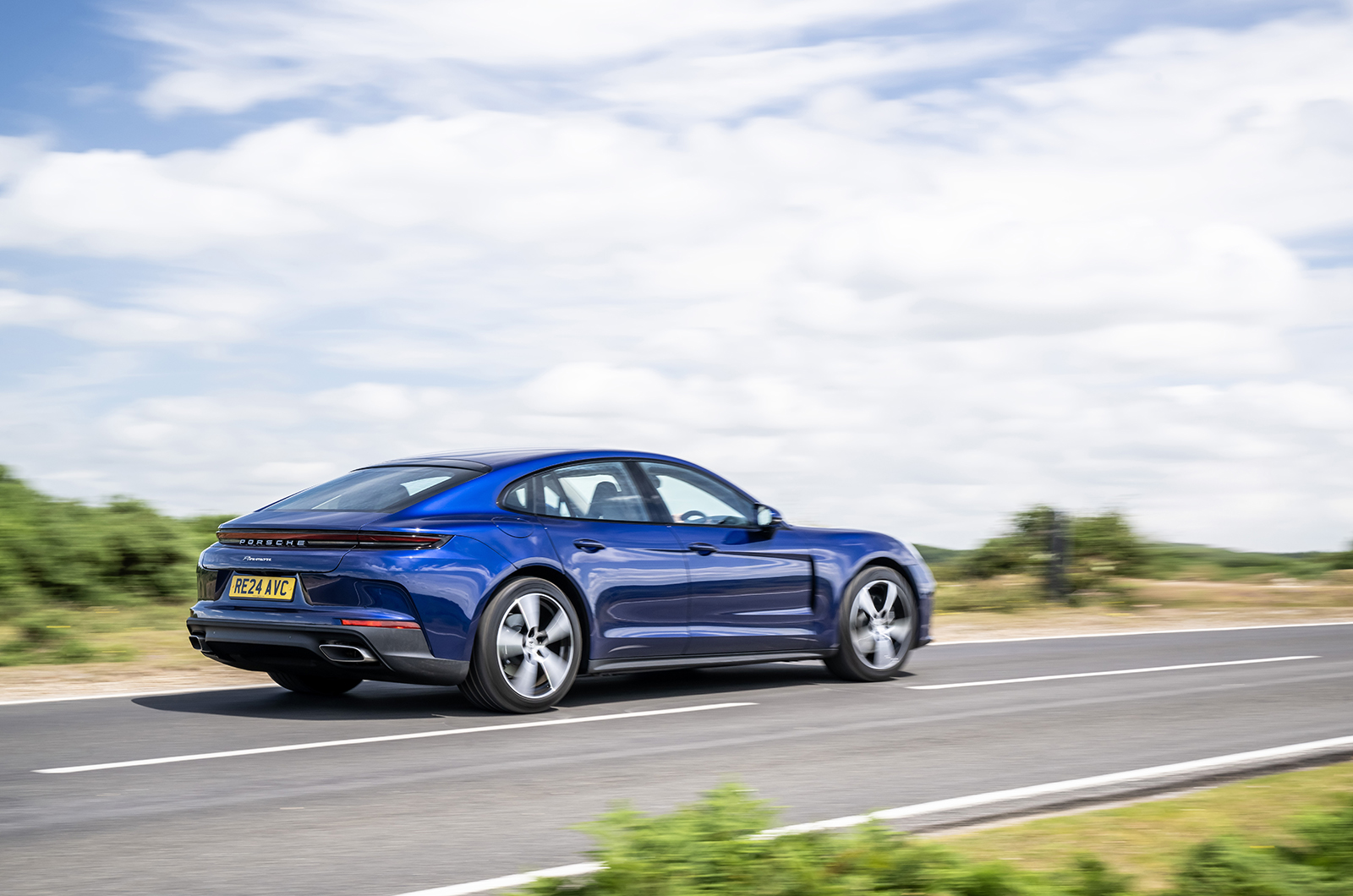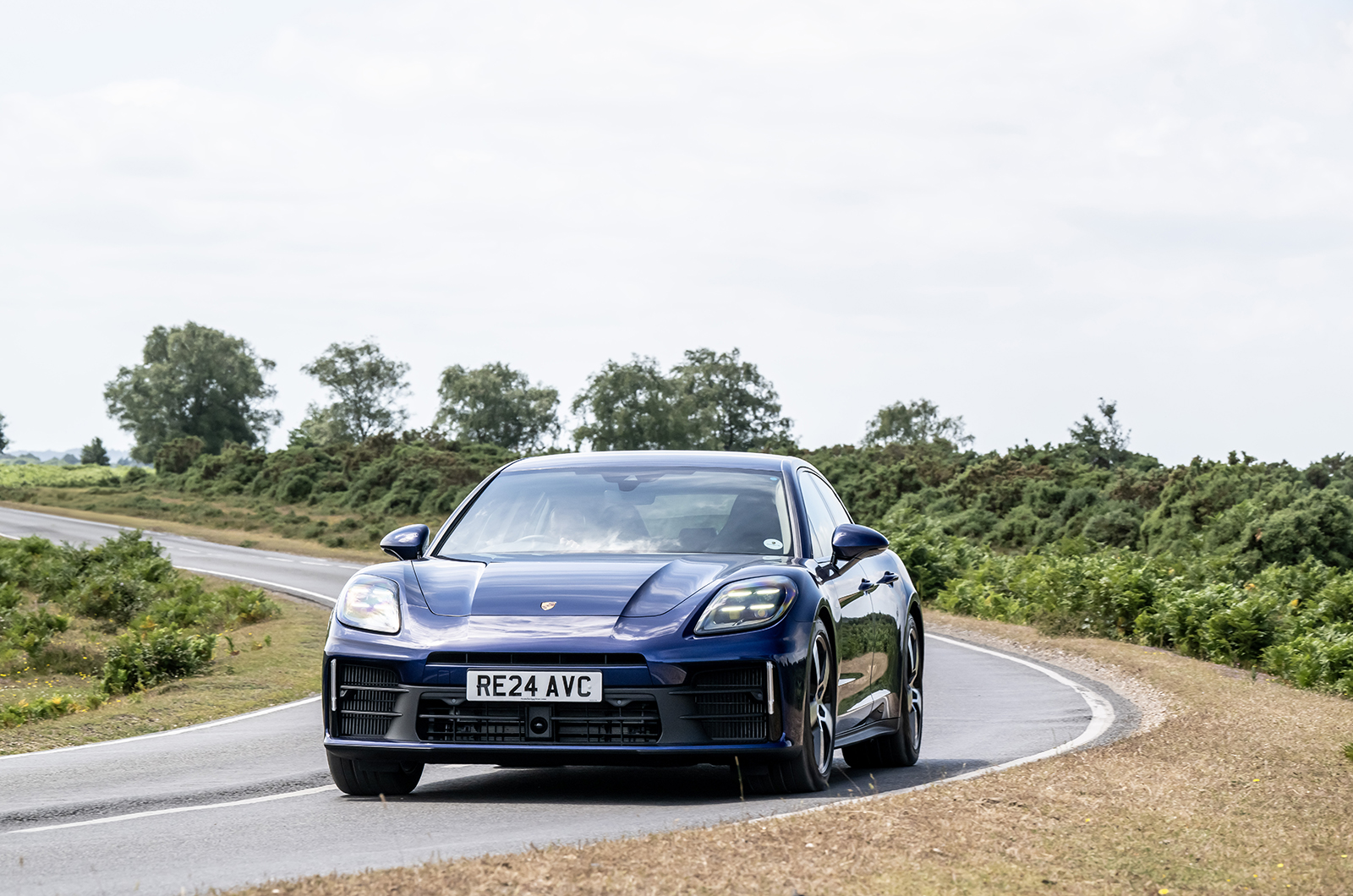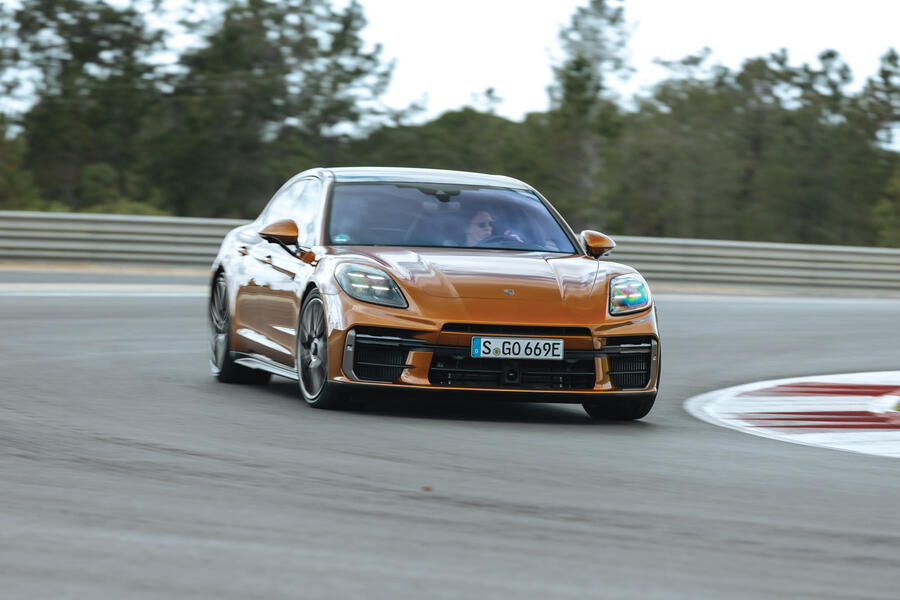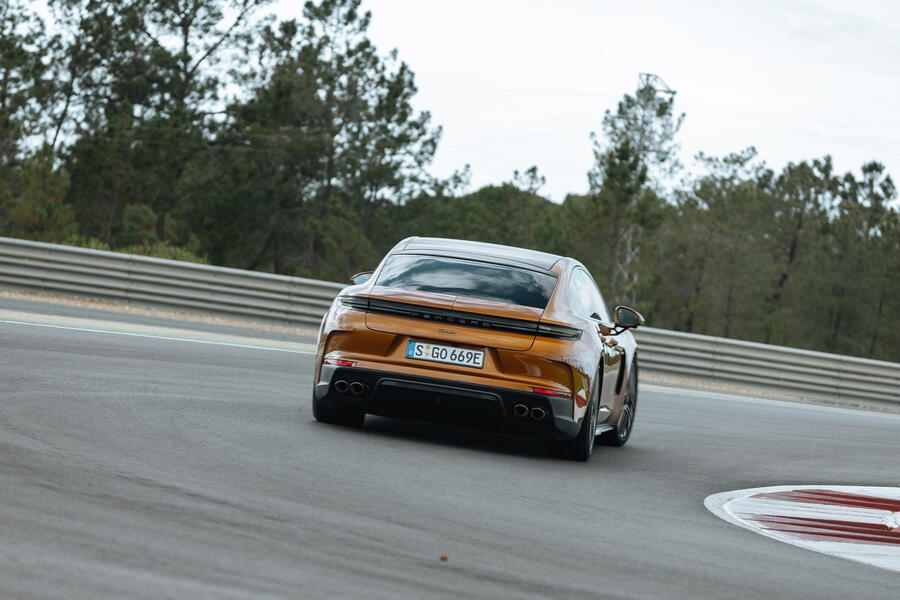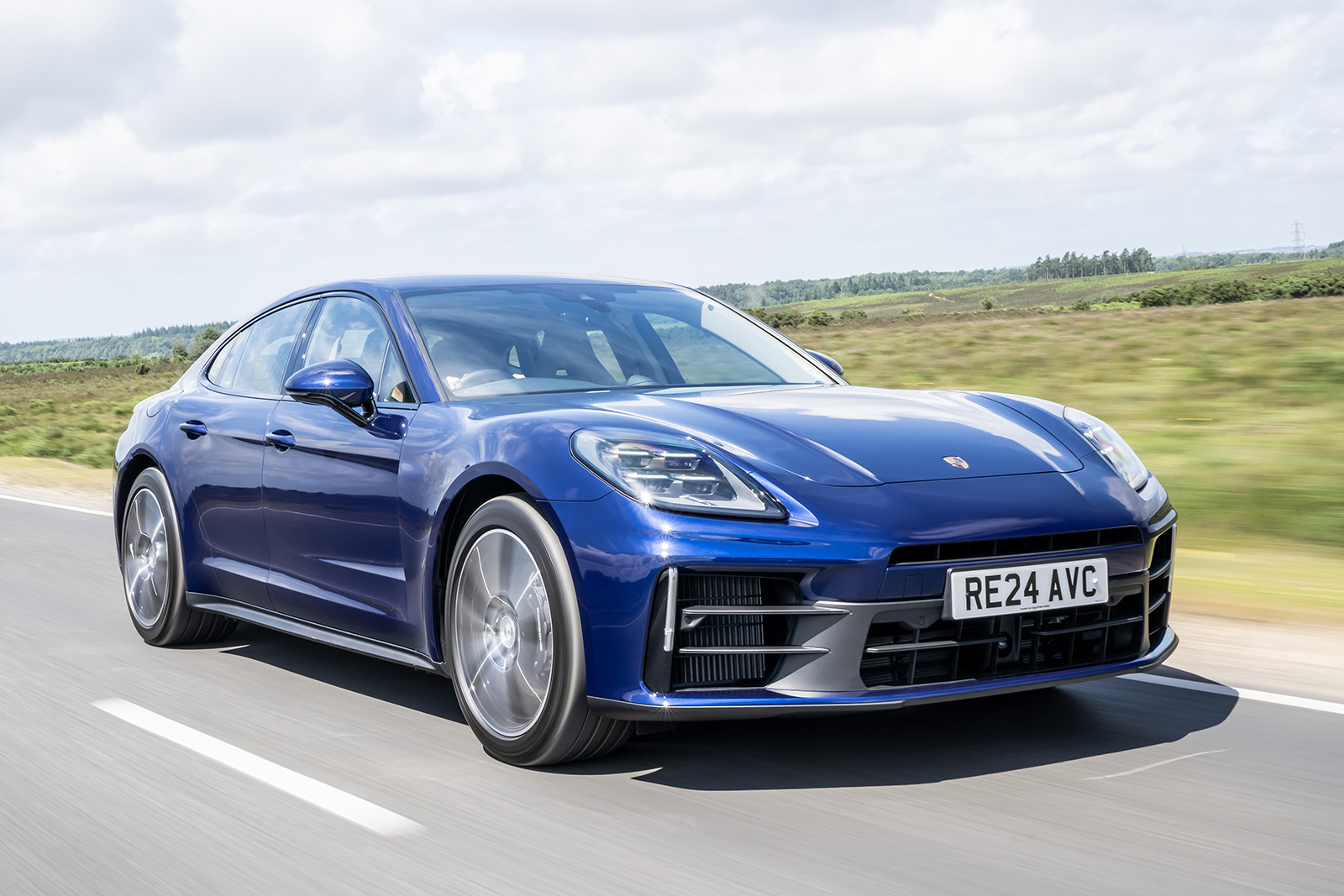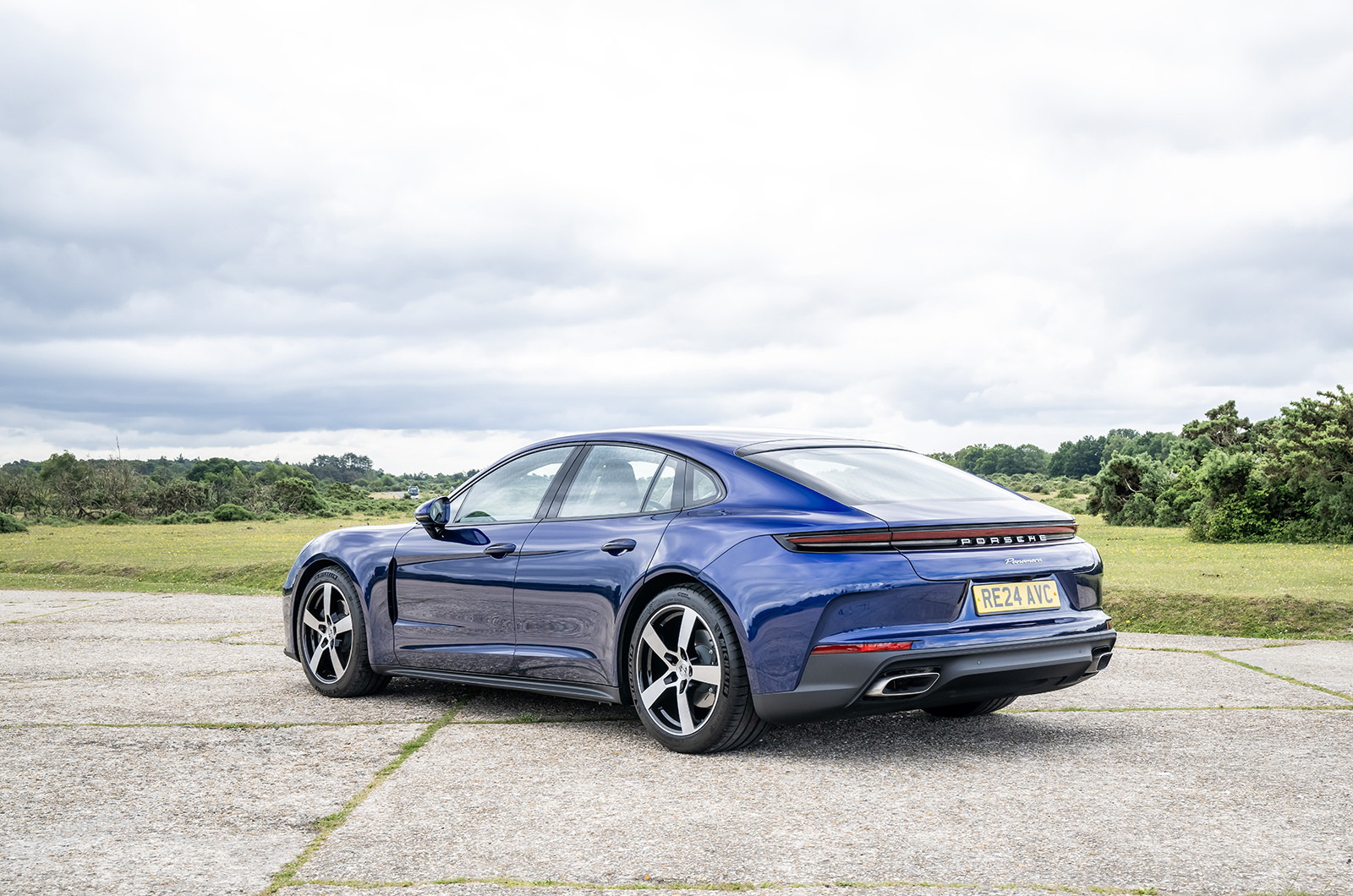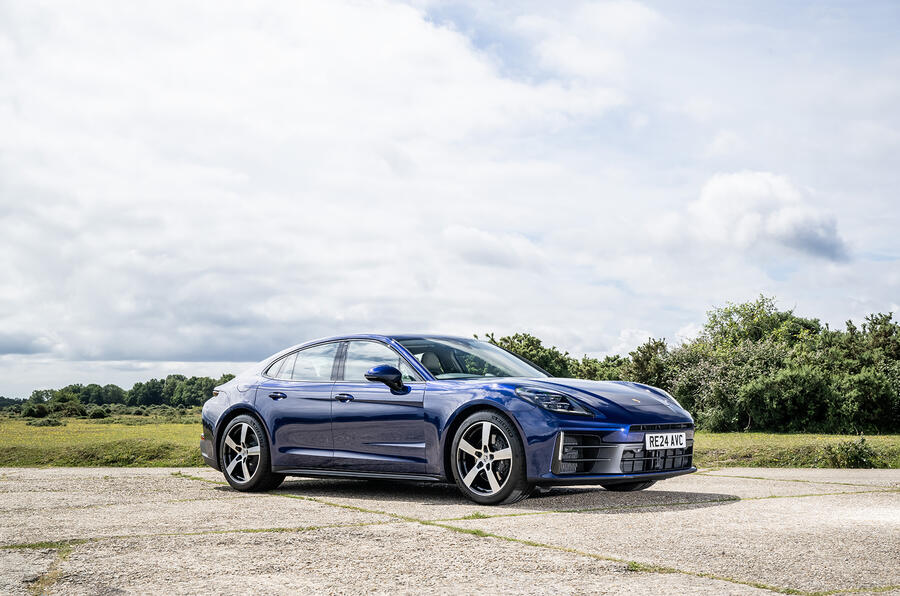The Porsche Panamera has a richly evocative name that conjures visions of epic, continent-crushing rallies crossing vast, untouched wilderness with a romantic spirit of adventure. Yet it sometimes feels like a machine defined by others in the Stuttgart firm’s line-up.
It has often been billed as a four-door 911, and recently it has sat in the shadow of the similarly sized electric Taycan, which has mopped up both attention and company car sales. But Porsche, thankfully, is still committed to the concept of a petrol-powered sports saloon, hence this new version.
Porsche calls this new Panamera the G3. In other words, it’s supposedly the third entirely new generation of the big saloon. You might say that’s overselling things, since it still builds on the one that came out in 2016. Evidently, Porsche disagrees, and says that there have been “significant modifications to the platform, body structure, drivetrains, chassis and software".
It doesn’t matter a great deal, though, because the outgoing Panamera was still a very compelling car and this updated one has some serious technical tricks up its sleeve that might make you think twice about ordering that Taycan.
We first sampled the new Panamera in Spain, and have now had our first taste of it in the UK to see if that promise of wide-open adventure translates to our small island's crowded, pockmarked roads.





